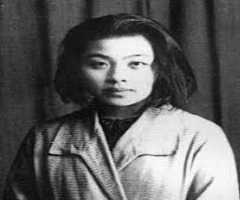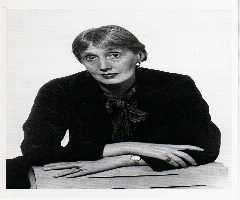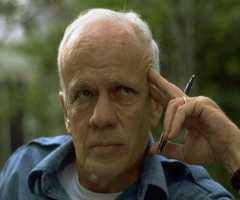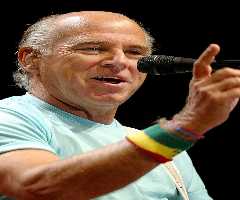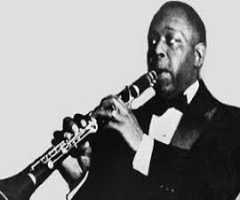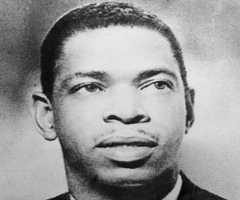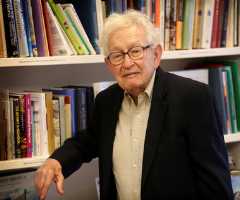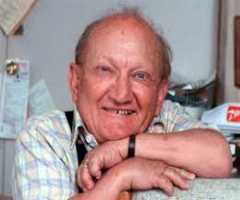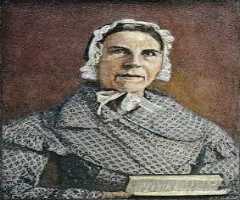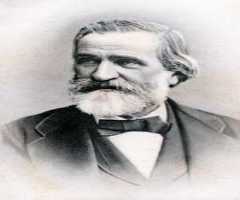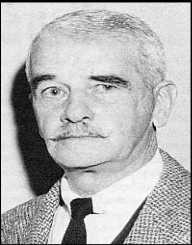
Also Known For : Novelist, Nobel Laureate
Birth Place : New Albany, Mississippi, United States of America
Died On : July 6, 1962
Zodiac Sign : Libra
William Faulkner Biography, Life, Interesting Facts
William Faulkner was an American novelist, poet and short story writer remembered for attaining a literature Nobel Prize. He fearlessly wrote a novel that highlighted the issues South Americans encountered such as gentry and slavery. William openly talked about these evils in his work, a line that no American writer had penned down. He also came up with a story bound county called ‘Yoknapatawpha’ in his novel that obtained wide acclaim. His other widespread works are “As I Lay Dying” and “The Sound and The Fury” which earned him great fame.
Birth and early life
William Faulkner was initially known as William Cuthbert Faulkner (September 25, 1897- July 6, 1962) and was named after his great-grandfather, William Clerk Falkner. His parents were Murry and Maud Buttler Faulkner. His father worked at Mississippi University as a business administrator whereas his mother was a ravenous reader, watercolorist, and photocopier.
However, William Faulkner was raised by a black lady called Caroline Barr during his earlier stages in life till the point he vacated his home. Caroline played a significant role his life as she motivated him in the career he pursued later in his life. During his teenage years, he developed great interest and love in drawing, poetry writing and also reading.
Scottish romantics like ‘Robert Burns’ influenced his skills. He could at times imitate him when he was only twelve years old. He had extraordinary intelligence which took others by surprise. Despite this, he dropped out of school and missed the opportunity to get a diploma in secondary school. After that, he engaged in woodwork for a while before doing clerical work at his grandfather's bank.
When he worked as a clerk, William Faulkner moved in with Phil Stone, a local attorney who was fascinated by his poetry. Following a cut-short relationship he had started with Estelle Oldham, Phil helped and mentored him during this sad period. It was at this stage in time that his interest in writing began to develop and Phil enabled him to cultivate this passion.
Professional Life
William Faulkner became a pilot for the Royal Flying Corps in Europe during world war one which was an opportunity he got after forging his identity details. This prompted him to take on the name Faulkner.
He started writing when he was a student at Mississippi University. He regularly contributed to the university's magazine, and his editorials were published. He was unable to concentrate on school work. Therefore, dropped and embarked on selling books as an assistant in the university. He also trained a local group in scouting.
In 1924, Phil, his long-term friend, presented a collection of the poems “The Marble Faun” he had been writing for publishing. Two years later, William Faulkner successfully published his first novel. This achievement motivated him, and he rewarded himself and took a tour to Europe.
While in Europe, he wrote concerning the Luxembourg Gardens which was a few meters away from his room. Shrewd Anderson who read this work encouraged him to write about his place of birth, Mississippi. He heeded the advice and penned down his early life experiences, the places and people he knew including his grandfather.
In his novel, William Faulkner created an imaginary county, ‘Yaknapatawpha’ that almost resembled the one that was neighboring Mississippi. Years later, he produced “As I Lay Dying.” Moreover, he published “Sanctuary,” a story of rape and abduction. He got negative criticism for this piece of work from his readers.
Following his daughter's death, William Faulkner bestowed a group of short stories entitled "These 13" to Estelle and Alabama, his loving family. His other work, "Requiem for a Nun," was developed in1950. He also engaged in screenwriting during his lifetime. He featured an actress Joan Crawford and an actor Gary Cooper in the film "Today We Live."
His father’s death very much affected him and forced him to sell his film rights of ‘Sanctuary.’ During 1932 to 1945 he proceeded with script and film writing producing many copies which sustained him financially. His works during this period were: “Absalom, Absalom,” a heroic family Saga, “The Hamlet,” a satirical work and ‘Go down Moses.’ Much of his works emphasized on human’s desire of the divine and not about God.
Achievements
William Faulkner was crowned the winner of a literature Noble Prize in 1949 and was awarded during the National Book Award. Besides, his second Pulitzer for “The River” was granted in 1963 even though he had passed away.
Personal life and legacy
William Faulkner started a relationship with Estelle, a famous lady she had met during his clerical work. However, Estelle got engaged to another man before Faulkner proposed to her. Fate brought them together ten years later after Estelle’s divorce. They had a daughter, Alamanda who died just a week after birth. Later on, they gave birth to Malcolm, Victoria, and Jill. Jill is their only surviving child. PEN/Faulkner Foundation was established and named after him.
Health
William Faulkner had several falls off the horse and sustained a severe injury in his third fall; he experienced severe damage which led to persistent pains. His health deteriorated after that. This string of falls culminated in a heart attack during the birthday of his grandfather.
?



